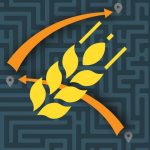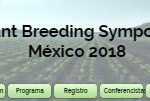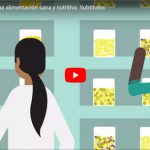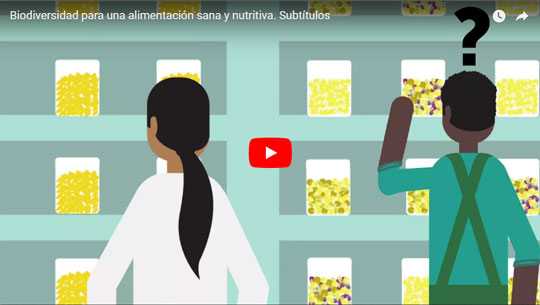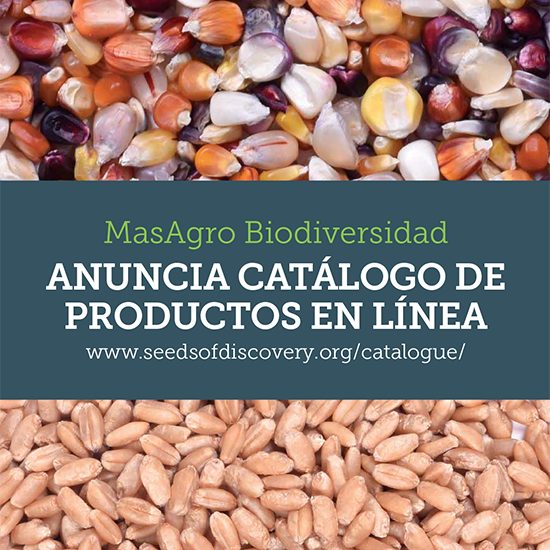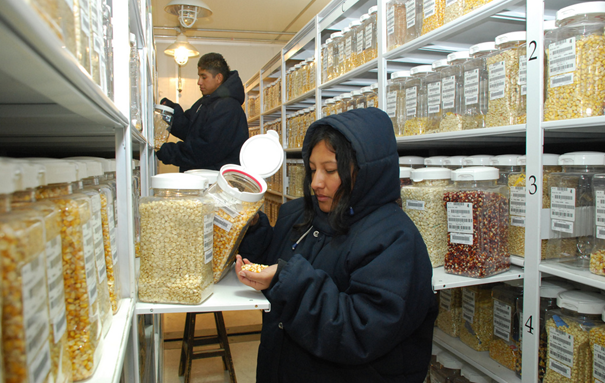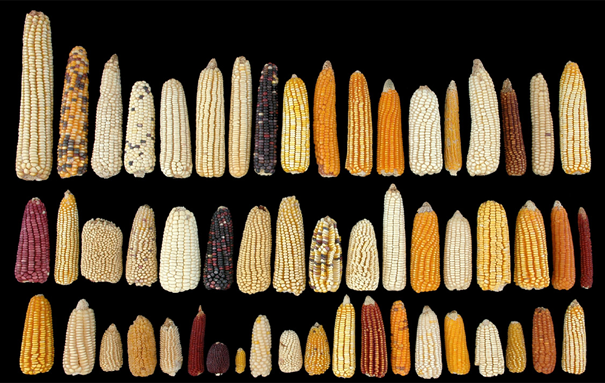Data release
All maize data and attribution information will be made available in the form of a ‘Maize SeeD Catalog’ to stimulate crowdsourcing-based data mining, no later than 24 months after having concluded the generation of each dataset (so that those who generated the data have an opportunity to draft scientific publications to add value to the data). Where possible, we will link the Maize SeeD catalog with other online resources through web services.
Genotypic data
We are now starting to systematically characterize the molecular diversity in the maize collections at CIMMYT and INIFAP, using a new genotyping-by-sequencing (GBS) method, which simultaneously quantifies genetic relationships amongst, and allele-frequency profiles within landrace populations (accessions). Examples for primary GBS data, derived from individual plants, can be found in the Wheat SeeD Catalog, where we have already implemented a simple query interface.
Germplasm
Latin American maize landraces are globally the most important maize genetic resources. Mesoamerica (southern Mexico and Guatemala) is where maize ancestors evolved and were domesticated approximately 10,000 years ago, before spreading to North and South America along ancient trade networks.
There are many maize germplasm collections in Mexico, including a large collection held in trust for humanity by CIMMYT under an agreement with the FAO, collections held at the National Center for Genetic Resources (CNRG) of the National Institute for Forestry, Agricultural and Livestock Research (INIFAP), the National Plant Germplasm Bank (BANGEV) at the Chapingo Autonomous University, collections held at the Antonio Narro Autonomous Agrarian University (UAAAN), the Autonomous University of Nuevo León (UANL), the Biological and Agricultural Sciences University Center (CUCBA)at the University of Guadalajara, and a collection of landraces used by subsistence farmers and assembled by the ‘Master Project for Mexican Maize’ (PMMM). All maize genebanks in Mexico are invited to participate in SeeD.
The maize genebank at CIMMYT comprises 27,451 accessions. About 89% of these accessions are landraces; most of them (9,406 or 38%) were collected in Mexico, 3,245 (13%) were collected in Brazil and 2,928 (12%) in Central America and the Caribbean. In addition to landraces, the genebank also conserves wild relatives (388), CIMMYT Maize Lines (CML; 541) and approximately 2,000 pools, populations and breeder varieties – the results of past (pre)breeding efforts.
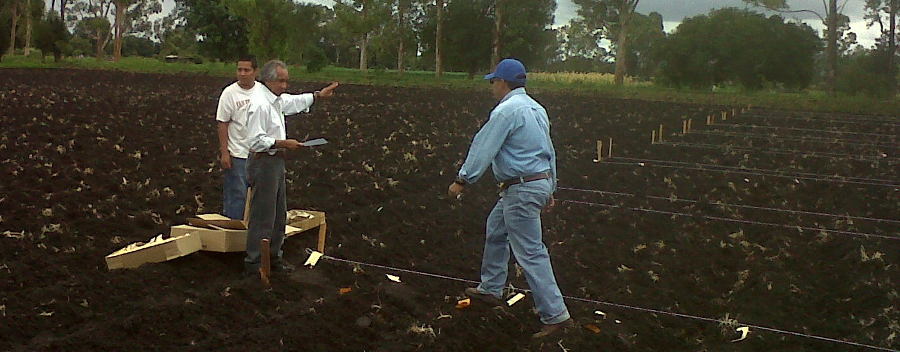
Arturo Terrón and Humberto Vallejo (INIFAP) sowing a trial for the genome-wide association study (GWAS) under Objective 3 of the maize strategy. ©2012 (CIMMYT)
Traits
In alignment with SeeD’s mission to facilitate a broader and more targeted use of genetic resources in crop improvement, we focus on traits that are key breeding targets in global and Latin American breeding programs. Our principal targets in the context of climate change and resource-use efficiency are heat, drought and low-nitrogen tolerance. Biotic stresses, including resistance to tar spot, ear rots, stalk rot, Cercospora, and Turcicum, are other important traits, along with selected grain-quality characters related to Latin American maize uses. A list of trials conducted for a large genome-wide association study (GWAS) under maize Objective 3 to this date can be found here.
As with all phenotyping work, we also collect data in each trial on standard agronomic traits, such as male and female flowering, root and stalk lodging, plant and ear height, and grain yield.
For more information please contact us at: seed@masagro.org
